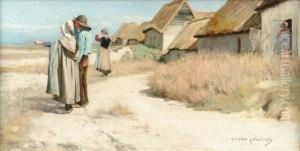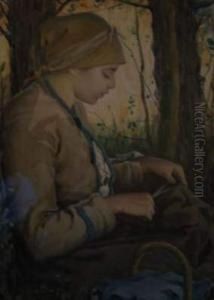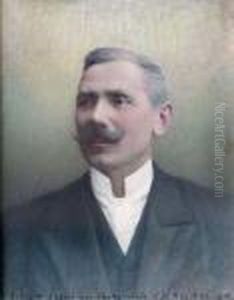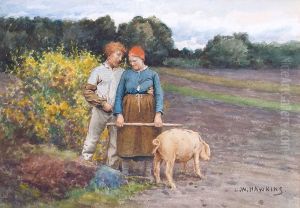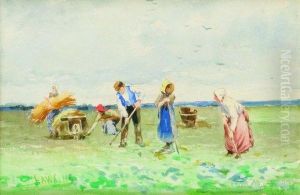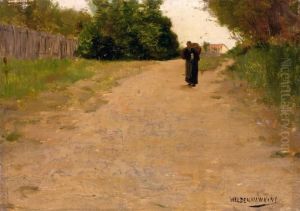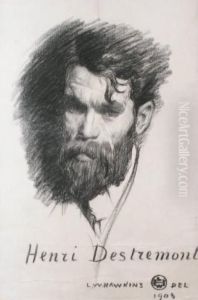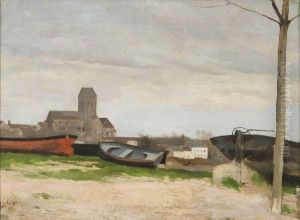Louis Welden Hawkins Paintings
Louis Welden Hawkins was born in Stuttgart, Germany, to an English father and a German mother. He began his artistic education in England but later moved to France, where he became a naturalized citizen in 1895. Hawkins became associated with the Symbolist movement, a late 19th-century artistic and literary movement that sought to express the invisible or intangible through symbolic imagery.
Hawkins was trained at the École des Beaux-Arts in Paris and was influenced by the academic painting tradition of his time. However, he gradually shifted towards the Symbolist style, characterized by its mystical themes and dreamlike qualities. His work often featured ethereal figures, mythological subjects, and a soft, delicate use of color that conveyed a sense of otherworldliness.
During his career, Hawkins exhibited his works at the Paris Salon and was well-regarded by critics and collectors. He was friends with many well-known artists and writers of the period, including the poet Stéphane Mallarmé. Despite his connection with the Symbolists, Hawkins also maintained a degree of independence in his work, not fully subscribing to any single school or movement.
Hawkins's paintings often reflect a preoccupation with the feminine ideal and a fascination with death and mysticism, common themes within Symbolist art. Some of his notable works include 'The Anarchist' and 'The Uninvited Guest,' which encapsulate the enigmatic and often melancholic tone of his oeuvre.
After his death in 1910, Hawkins's reputation diminished, and he was largely forgotten by the art world until a resurgence of interest in Symbolist art in the late 20th century brought his work back into the public eye. Today, Hawkins is recognized for his contribution to the Symbolist movement and his unique approach to blending traditional techniques with more avant-garde themes.
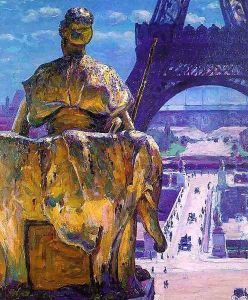
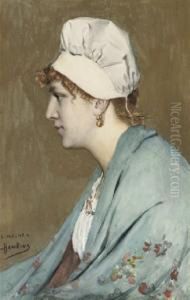



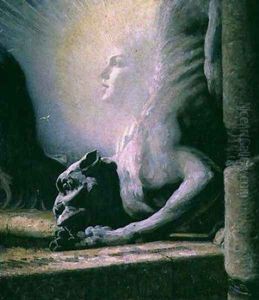




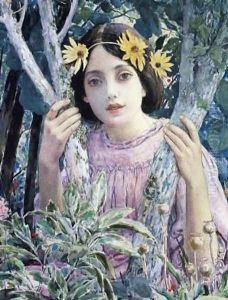








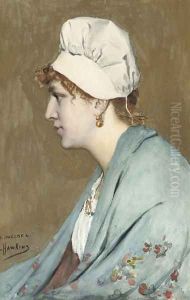





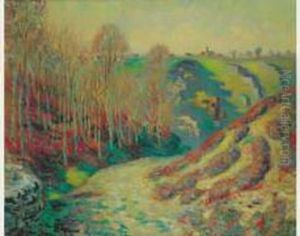
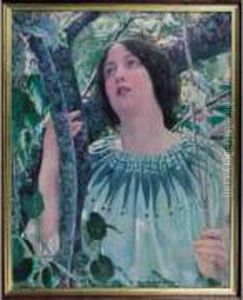




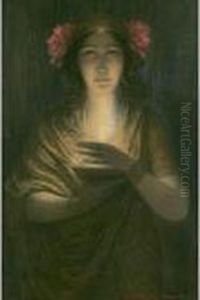




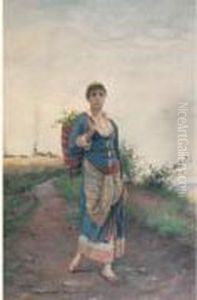








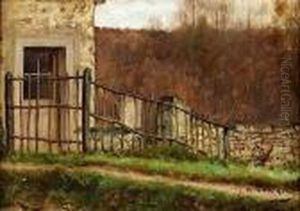
![Portrait De Femme Regardant Vers
Le Haut [, Portrait Of A Woman Looking Up, Oil On Canvas, Signed]](https://www.niceartgallery.com/imgs/1363033/s/louis-welden-hawkins-portrait-de-femme-regardant-vers-le-haut-portrait-of-a-woman-looking-up-oil-on-canvas-signed-3f6a6f25.jpg)
